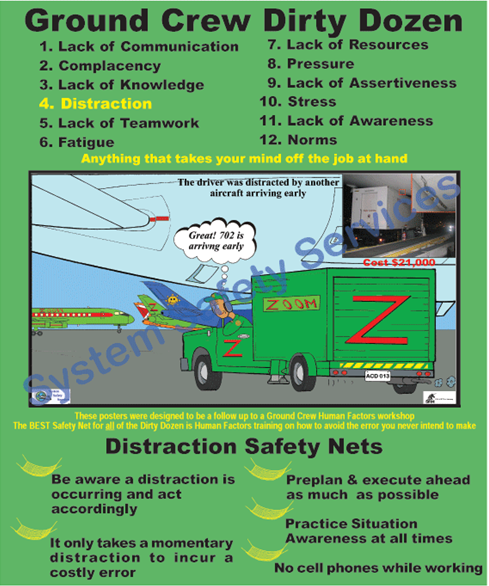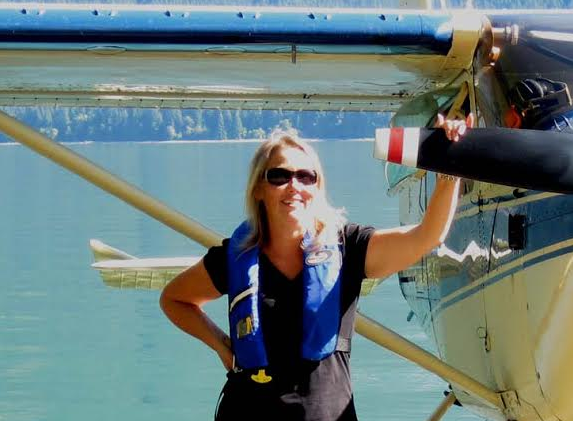What Are the Elements of Distraction Regarding Human Factors?

Whether you are a pilot or an aviation maintenance engineer, many tasks require focused attention to detail. It doesn't require a human factors training company to tell you that disastrous results may occur when workers are unable to maintain focus on their tasks.
Aviation safety managers must recognize how important a role distraction plays in their aviation safety management systems, particularly:
- Accident investigations;
- Safety training;
- Accident prevention strategies; and
- Safety promotion activities.
Distraction is when your attention is drawn away from the task at hand. It can be an unusual noise, a coffee break, a phone call, or hundreds of other things that catch your attention at a critical time.
It is thought that the factor of distraction is responsible for about 15% of the known maintenance errors.
So why does distraction occur so often?
Distraction Remains a Major Factor in Accidents

When we are working on any task, our mind has a natural tendency to think ahead. This is normal and not a bad trait until we are distracted.
If the distraction is sufficiently long and/or strong enough, we will come back to the task thinking we are farther along than we actually are.
If there are no visual clues as to the actual point of completion and we don’t have any precautions (Safety nets) to counteract the distraction, then there is a very good chance that an error will occur.
The error could be a loose B nut or something not completed but after the error, the victim of this factor will likely, in all honesty, swear that he/she had completed the task correctly. In his/her mind, he/she had.
So, what can we do to avoid becoming one of the 15%?
- NEVER start fastening a B nut or any other component without either completing the task or completely undoing it.
- Tag the task with a bright ribbon at the last point of completion. A warning tag can be installed, but they often take too long to fill out and consequently are seldom used.
- Torque seal, better known in World War II as anti-sabotage paint, if used properly, will act as the last chance safety net to catch the unexpected. To be used correctly, the B nut must be torqued and have the torque seal applied before the wrench is removed. Many a B nut in a cluster has been accidentally tightened twice, leaving one loose in its place.
- An independent inspection is also an excellent last resort safety net if done right.
- A detailed checklist can also work wonders to jog the memory provided we read each task and then sign each item.
Related Aviation Human Factors Articles
- Let’s Talk Human Factors - Origin of Dirty Dozen
- Let’s Talk Human Factors - Lack of Communication
- Let’s Talk Human Factors - Complacency
Final Thoughts About How You Can Avoid Falling to Distraction
A personal safety net that goes a long way to combating distraction is: Whenever I’m distracted, I will always restart the task by going back three steps.
By adhering to this philosophy and the others, you can prevent yourself from ever becoming a victim of Distraction.
Looking for some Human factors training or do you want to talk to a human factors consultant?
Last updated July 2025.





